Easiest herbs to grow at home – 5 delicious plants gardening experts say anyone can grow in their yard or indoors
Fast-growing and low-maintenance, these herbs will kickstart your kitchen garden
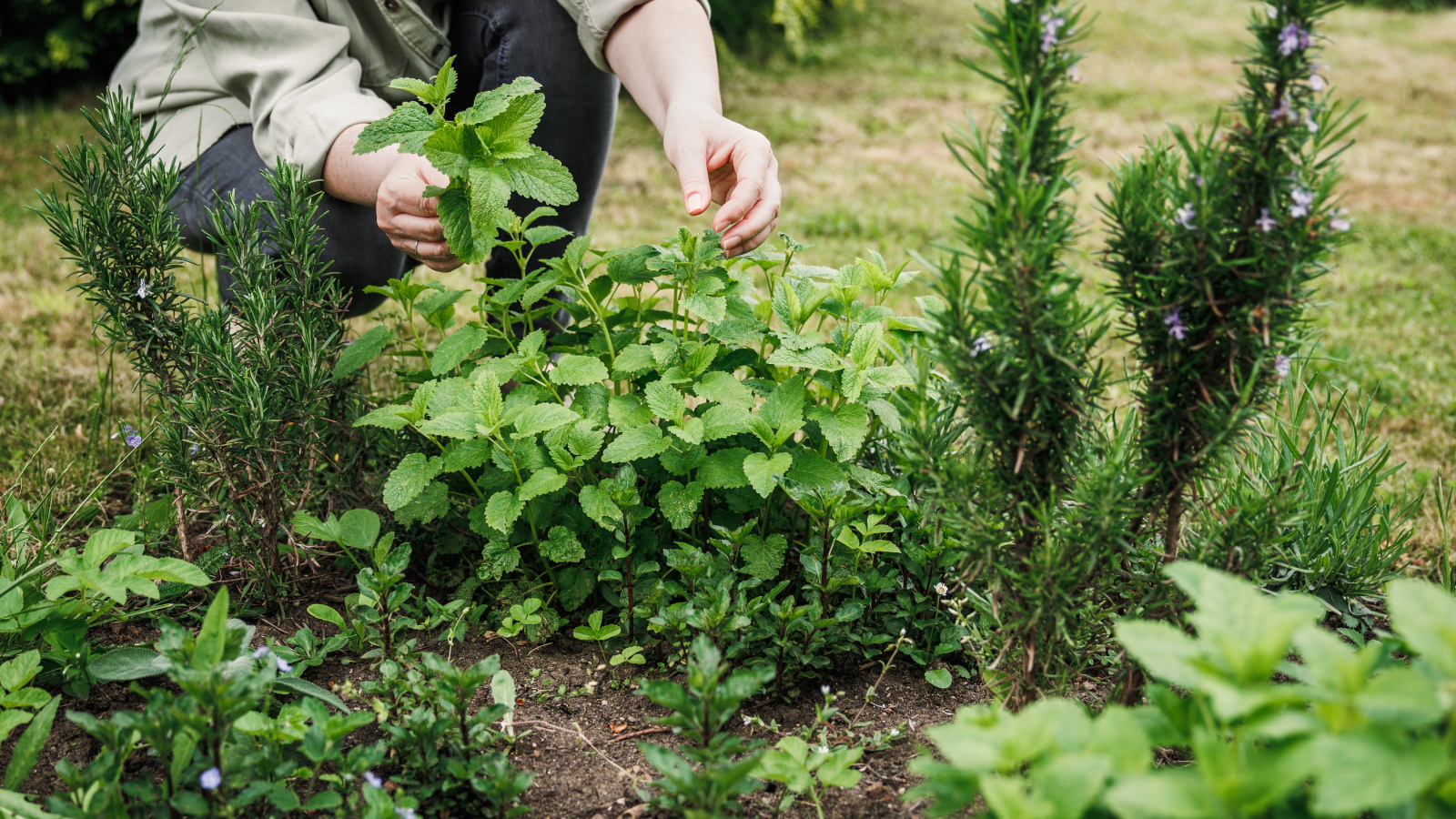

Herbs are some of the best plants to start growing if you're keen to grow food in your yard. They tend to grow quickly from seed, many are cut-and-come-again, and they're versatile to cook with.
Of course, there are some plants in a herb garden that are slightly more tricky grow, but the easiest herbs to grow at home will give you an abundant starting point. Many of them work well in an indoor herb garden, too, so you can grow them all year round.
Whether you want to grow herbs to season your food or herbs to make your own tea, there are a wide range of easy herbs to choose from. Here, gardening experts share five they guarantee anyone can grow successfully.
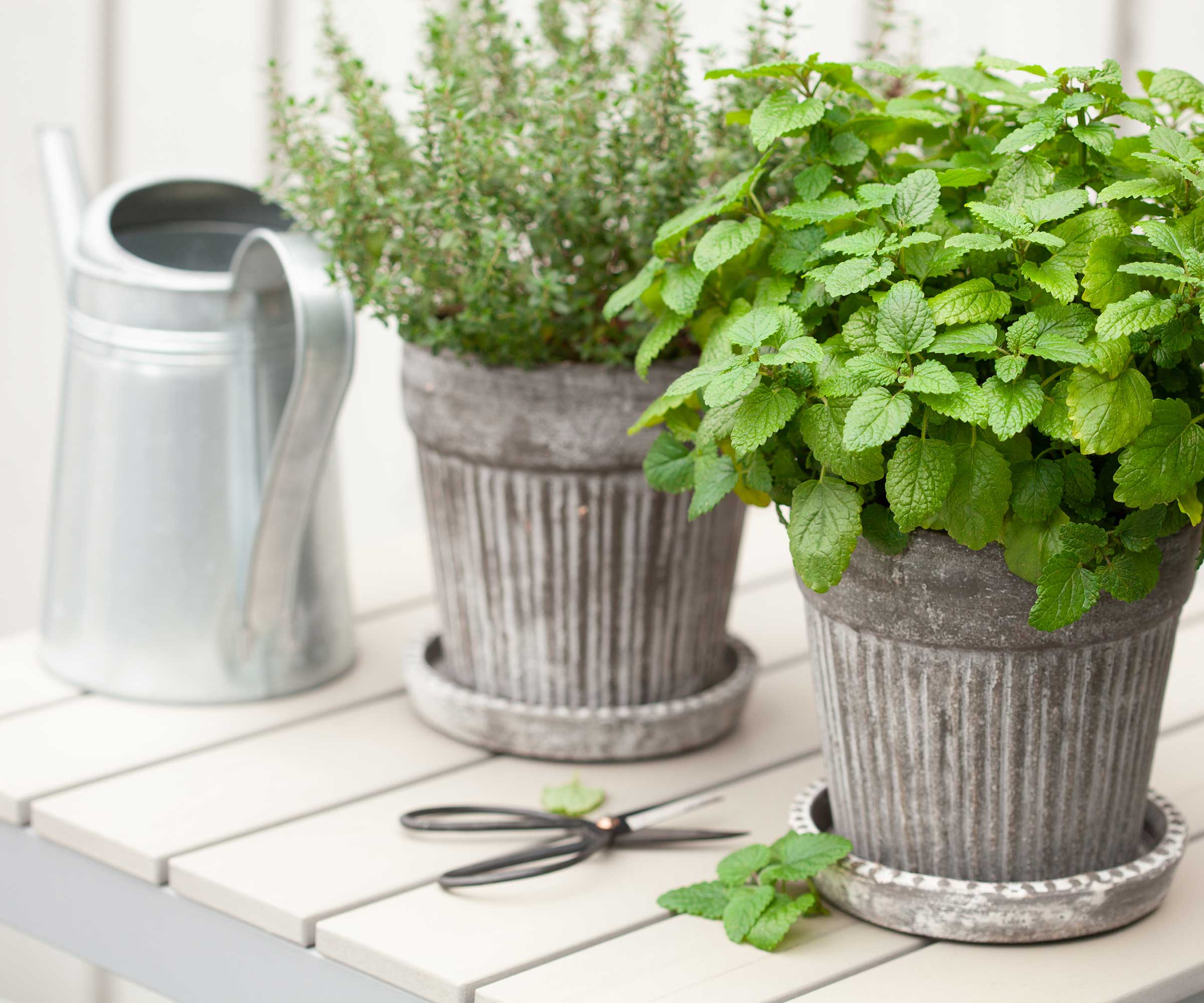
5 of the easiest herbs to grow at home
Before getting started with growing the easiest herbs, you need to consider your US hardiness zone and determine whether its best to grow specific herbs indoors or out. Likewise, make sure to read up on herb gardening mistakes to ensure success.
1. Basil
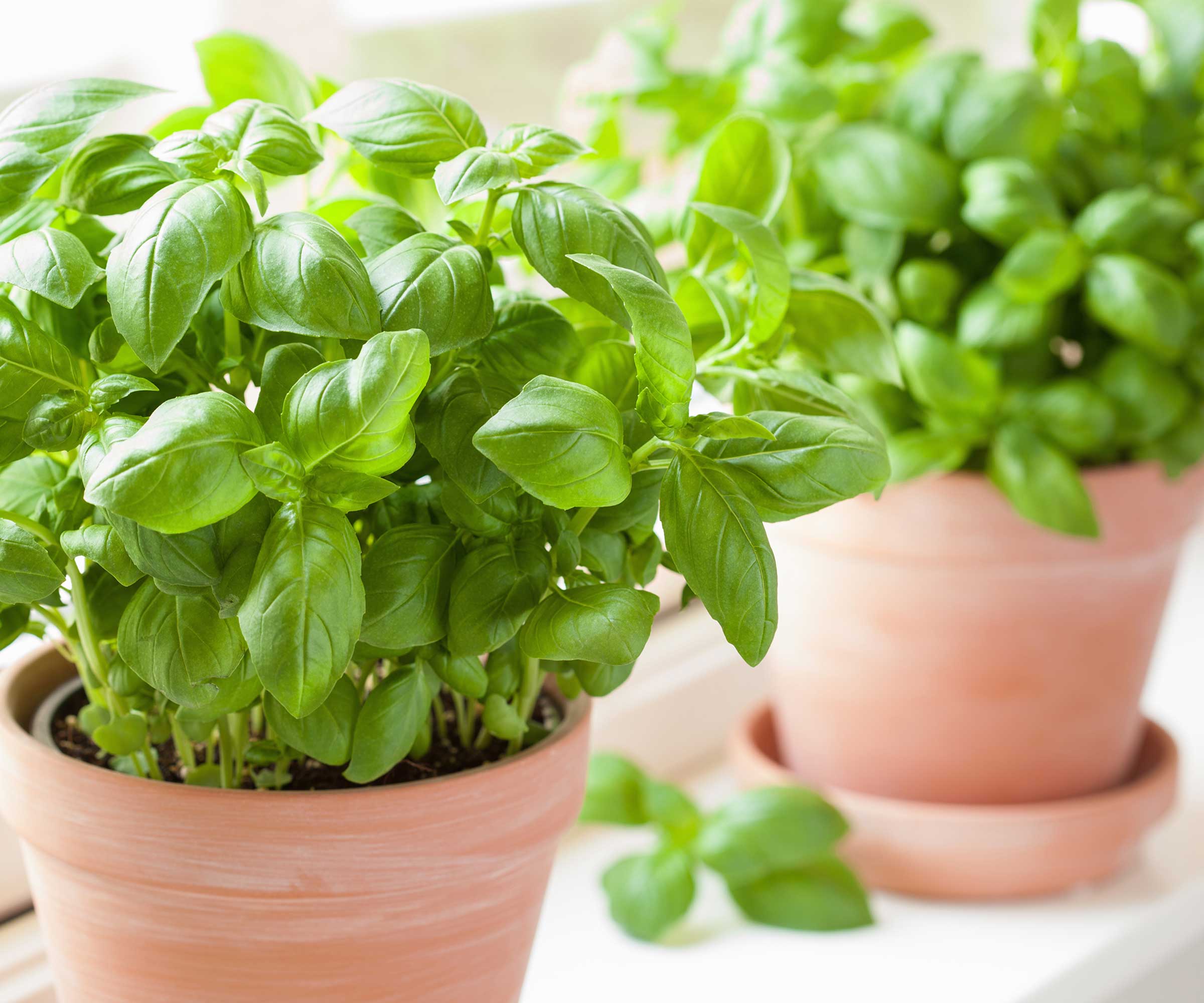
Growing basil is one of the easiest herbs to have in your kitchen garden. You can plant seeds all year round indoors, using these basil seeds from Walmart, or in spring and summer outdoors, and you'll be able to harvest basil in as little as three or four weeks.
'Basil is so easy to grow, but you should prune basil often to allow it to become bushier,' advises gardening expert Anna Hackman of The Naked Botanical. 'Be careful when cutting so you don't cut into the woody part of the stem because that stem will not grow back,' she explains.
The type of basil you grow will determine the US hardiness zone it can grow in. However, for the most part it's wise to sow seeds indoors and only grow basil outdoors while temperatures are above 50°F.
If you find your basil is turning yellow, it could be a sign of too-cold temperatures. Or, it may indicate you are incorrectly watering your basil. Keep the soil consistently moist, but not waterlogged.

Anna is a retired Rutgers master gardener and has been gardening for over 18 years. She is also the founder of the blog Green Talk and the owner of The Naked Botanical, a NJ herb farm.
2. Sage
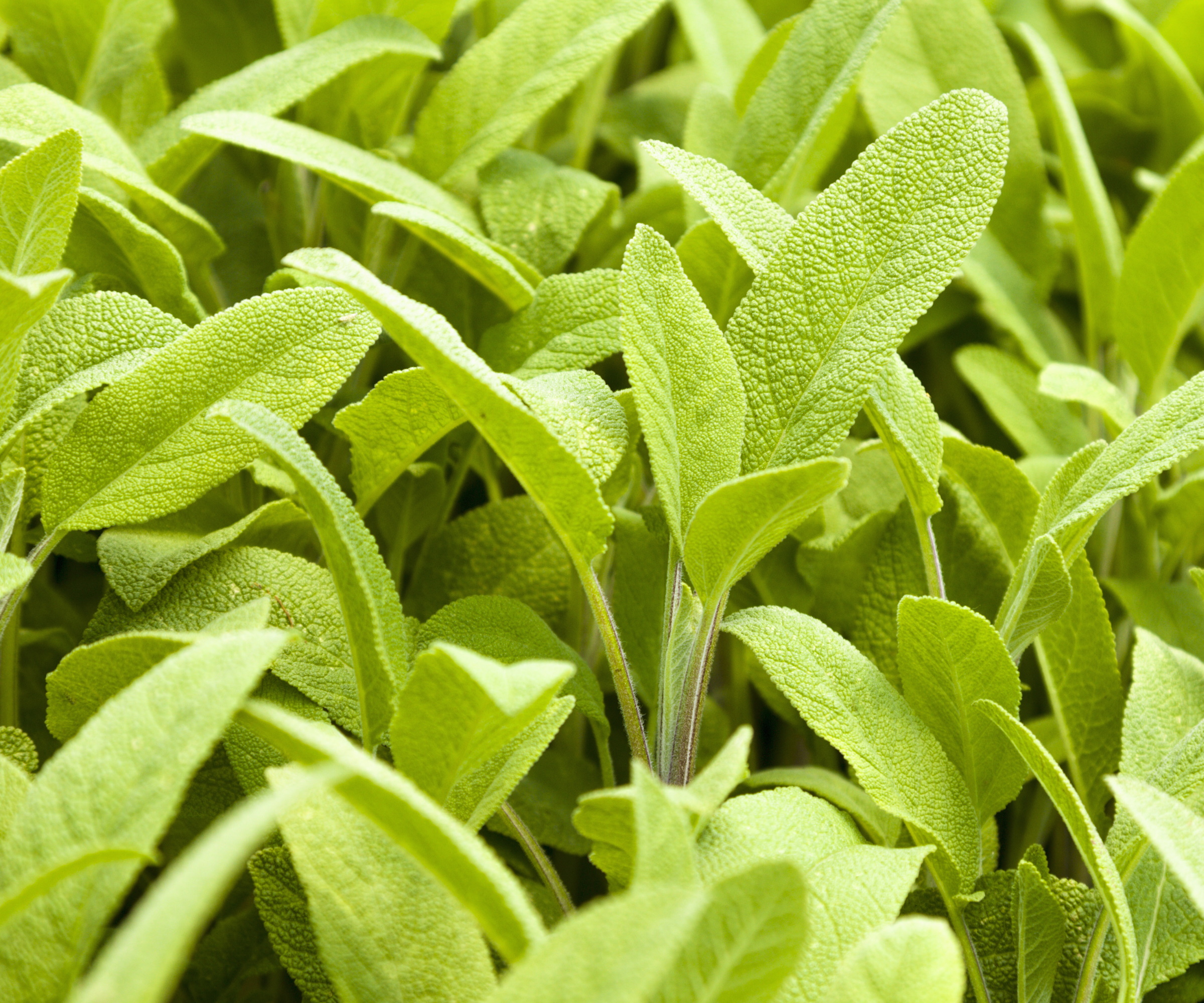
If you're a fan of peppery, earthy herbs, add sage to your list of the easiest herbs to grow at home. You can grow sage (from these sage seeds at True Leaf Market) in US hardiness zone 4 to zone 10, and it is possible to add it to your indoor garden, too.
Sage requires a sunny position and it's also a drought-tolerant plant that can tolerate short periods of dry soil. Some varieties of sage will even flower if growing in an optimal position.
'Don't plant sage next to basil. One or both will die,' warns gardening expert and seed librarian at the Jefferson Public Library, Elizabeth Jones.
Sage and basil are not herbs that grow well together. As Elizabeth notes, planting them as companions can lead to the downfall of one or the other, largely because of their differing water requirements. Where basil requires a consistently moist environment, sage prefers its soil to dry out between watering.
If you do wish to incorporate both in your herb garden, plant them in these herb pots from Amazon to keep their soil separate and manage moisture levels more easily.

Elizabeth Jones is the Seed Librarian at the Jefferson Public Library in Jefferson, GA. She has over 10 years of gardening experience and likes to share her knowledge, tips, and insights with others in the community. Along with regular librarian duties, she runs and maintains the Jefferson Seed library which involves researching how to grow each seed in the catalog, preparing gardening seminars for community members, and facilitating fun activities for kids.
3. Rosemary
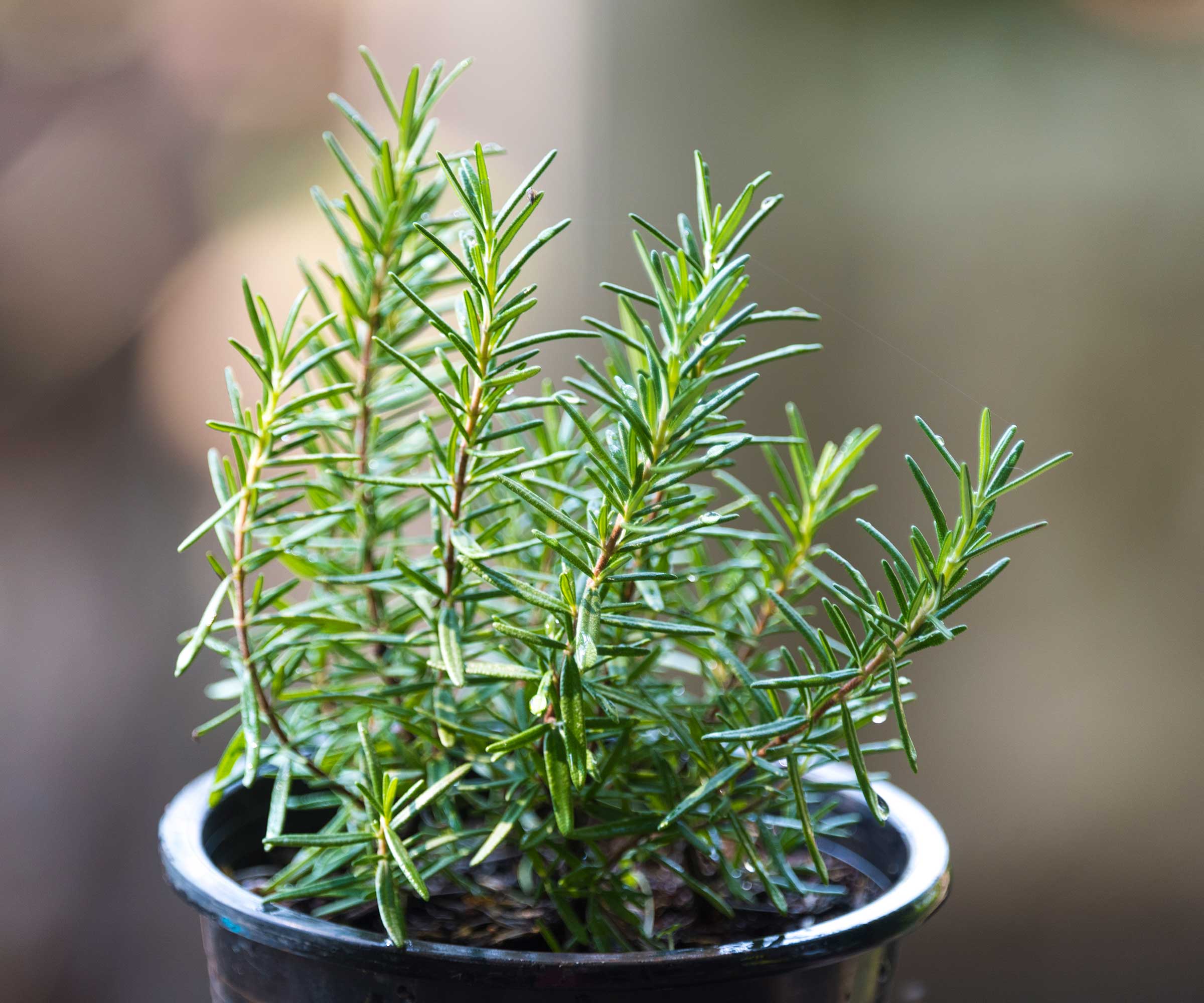
You can grow rosemary either from cuttings or these rosemary seeds from Amazon. It thrives across US hardiness zone 7 to zone 10, but it is also easy to grow rosemary indoors throughout the year, so long as you provide plenty of bright light.
'Rosemary likes to dry out between waterings,' notes Elizabeth. 'It can get woody so while it's a perennial, you can treat it as an annual,' she advises.
When harvesting rosemary, using essential pruning tools (like these pruning snips from Amazon) to snip off stems as you need them. You can likewise prune rosemary to keep it shapely and looking neat in your yard.
4. Mint
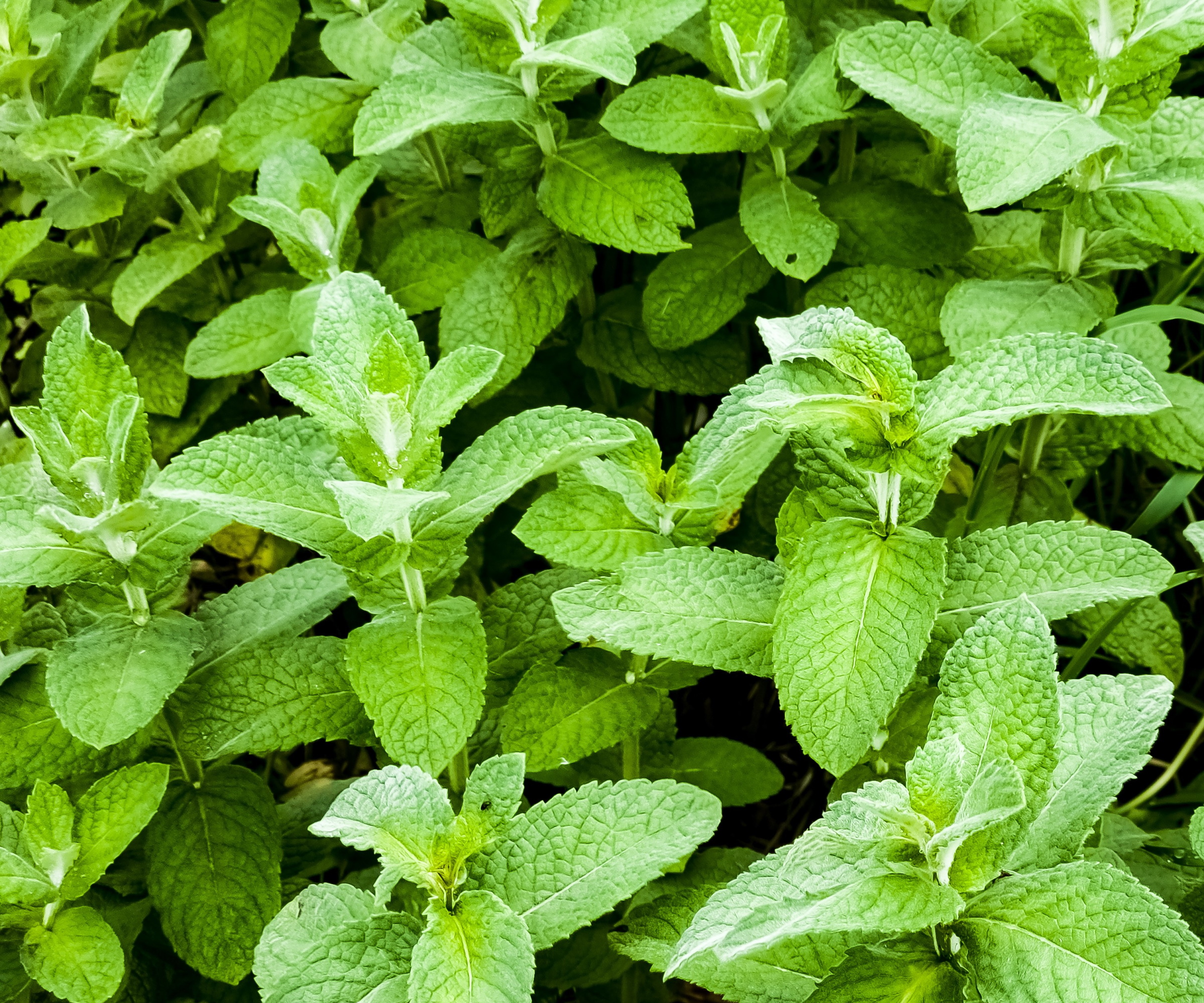
It might surprise you just how many mint varieties there are to choose from - from favorites like peppermint to more unusual herbs like orange mint. The good news is they're all quite straightforward to grow in your yard.
The US hardiness zone will depend on the variety of mint you choose to grow, but the popular choice of spearmint (seeds from True Leaf Market) can thrive across US hardiness zone 5 to zone 9. Growing mint indoors requires a bright spot, like a sunny windowsill.
Generally speaking, you can harvest mint after just a couple of months of planting seeds. When pruning mint, make sure to cut just above a leaf node to ensure new growth appears.
'Mint can be invasive, so plant it in a container garden so that it doesn't take over,' Elizabeth recommends.
5. Chamomile
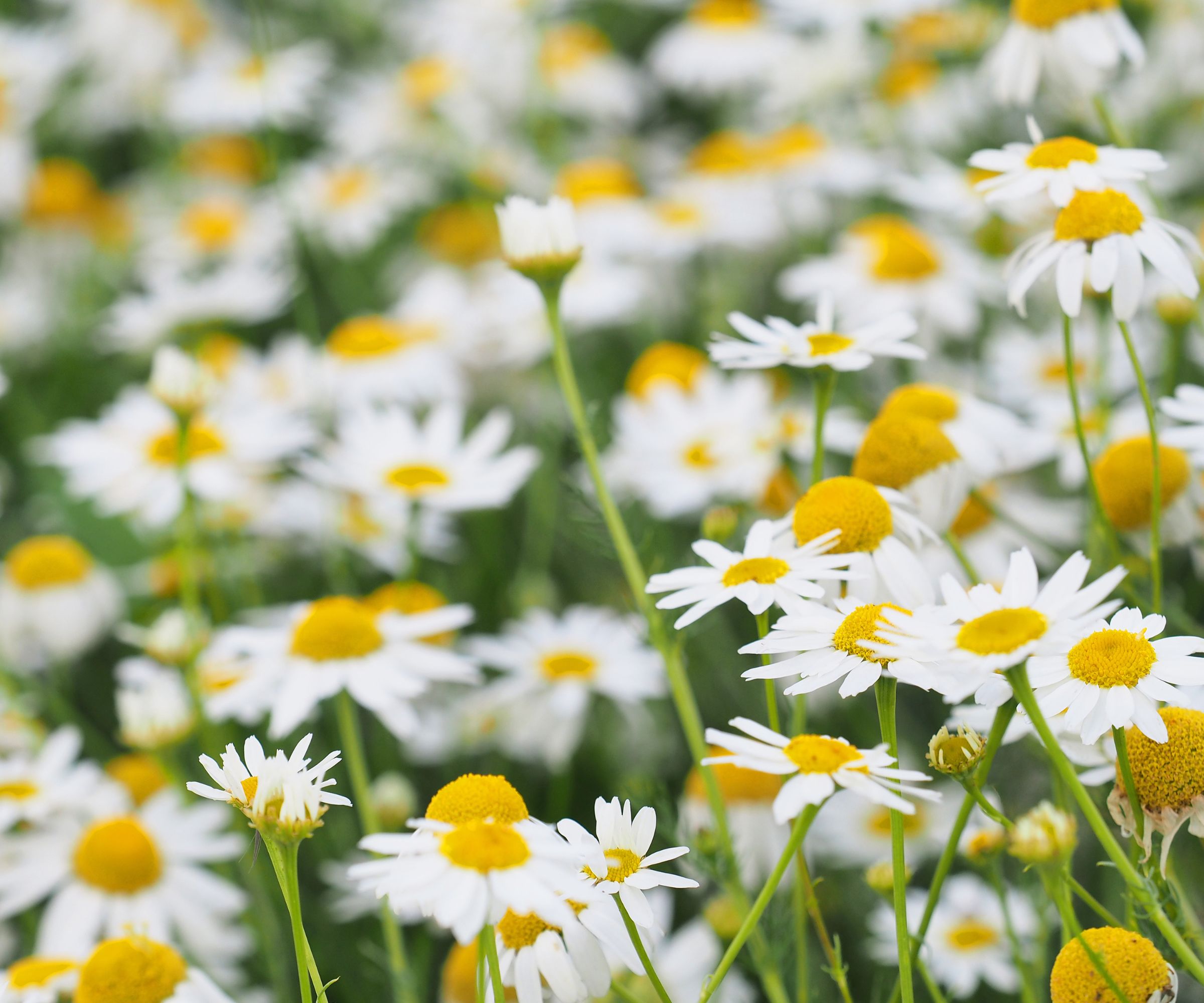
While you might know chamomile as a charming, daisy-like flower, it is also a medicinal plant and popular plant for herbal tea. It's incredibly easy to grow chamomile flowers (with these chamomile seeds from Amazon) for medicinal and culinary purposes, especially across US hardiness zone 4 to zone 9.
Make sure to grow chamomile in a well-draining, sandy or loamy soil type. It needs plenty of full sun to thrive and moisture levels should remain moderate. Use this soil moisture meter from Amazon to identify when the top two inches are dry, indicating your flowers need watering.
You can harvest chamomile when the plant is in bloom. Remove the flowers where the flowerhead meets the stem and remember to wash before use.
For companion planting, Elizabeth recommends: 'Plant chamomile with green beans and this will give a boost to green bean development.' This is because chamomile has antifungal properties that can help keep fungal infections at bay for these crops.
FAQs
Why are my herbs wilting?
If your basil is wilting or any other herb is wilting, it's usually a sign something is wrong in their growing environment. For example, it could be that your herbs aren't receiving sufficient water levels and are wilting away. This is especially common in the warmer months. Other causes could be too-cold temperatures or a pest problem. The best thing to do is research the growing requirements of the herbs you're growing and make adjustments accordingly.
One of the joys of growing herbs is they're so versatile to work with and can be displayed in a number of ways, both in the yard and indoors. Try pairing herbs with similar growing requirements together in a beautiful herb planter, for example, or add them to a vertical garden to bring fragrance to your living wall.
Sign up to the Homes & Gardens newsletter
Design expertise in your inbox – from inspiring decorating ideas and beautiful celebrity homes to practical gardening advice and shopping round-ups.

Tenielle is a Gardens News Writer at Homes & Gardens. She holds a qualification in MA Magazine Journalism and has over six years of journalistic experience. Before coming to Homes & Gardens, Tenielle was in the editorial department at the Royal Horticultural Society and worked on The Garden magazine. As our in-house houseplant expert, Tenielle writes on a range of solutions to houseplant problems, as well as other 'how to' guides, inspiring garden projects, and the latest gardening news. When she isn't writing, Tenielle can be found propagating her ever-growing collection of indoor plants, helping others overcome common houseplant pests and diseases, volunteering at a local gardening club, and attending gardening workshops, like a composting masterclass.
You must confirm your public display name before commenting
Please logout and then login again, you will then be prompted to enter your display name.
-
 I’m an HVAC technician, and this is when I turn my AC on each year – plus 5 checks I always do beforehand
I’m an HVAC technician, and this is when I turn my AC on each year – plus 5 checks I always do beforehandSave yourself an AC hassle by running my checks and turning it on before big heat hits
By Josh Mitchell Published
-
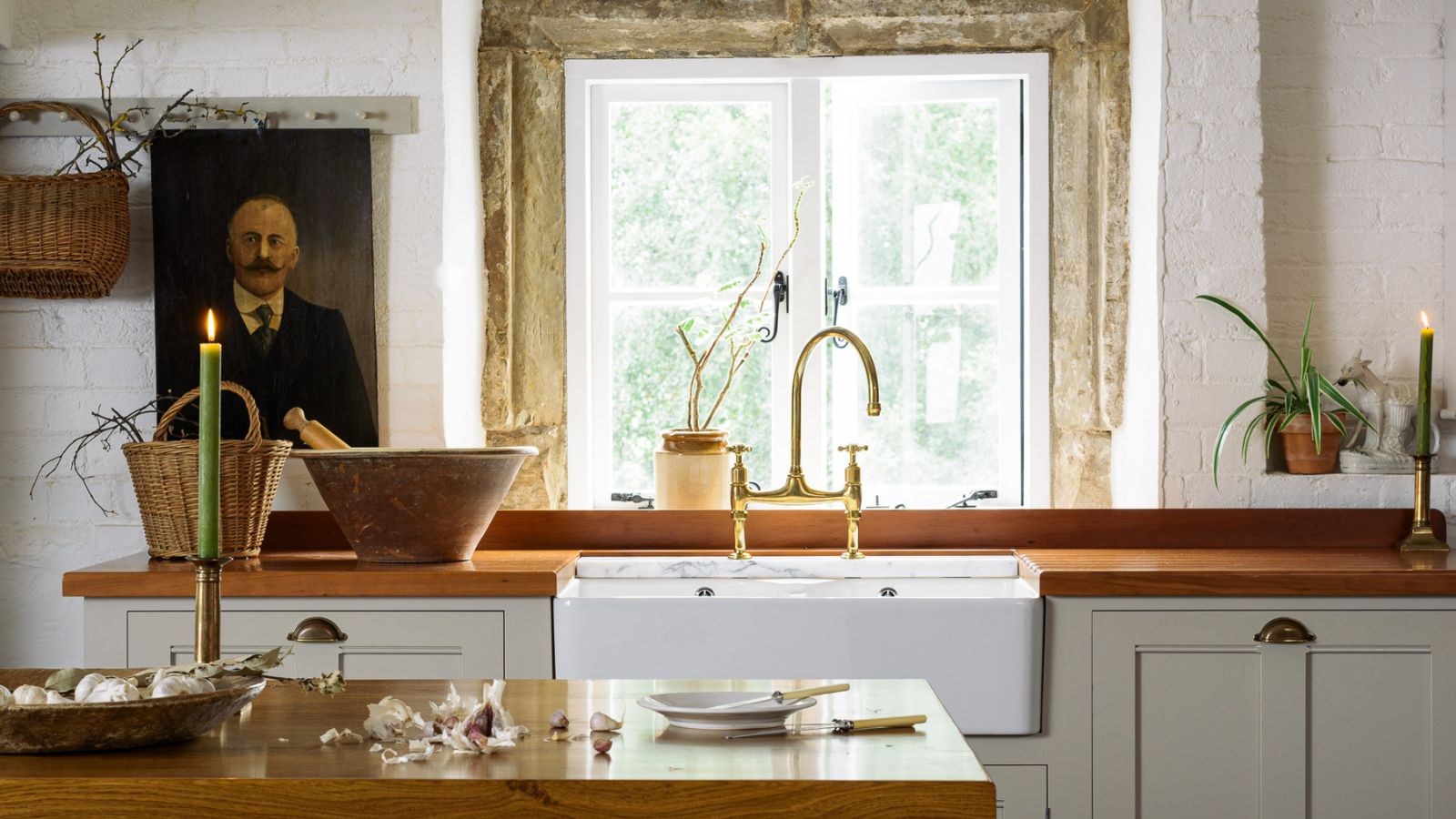 This simple marble hack elevates my budget-friendly wooden kitchen countertops and prevents the dreaded water damage for way less than you’d think
This simple marble hack elevates my budget-friendly wooden kitchen countertops and prevents the dreaded water damage for way less than you’d thinkThis design trick looks expensive, solves a problem, and was the easiest decision I made during my kitchen reno
By Charlotte Olby Published